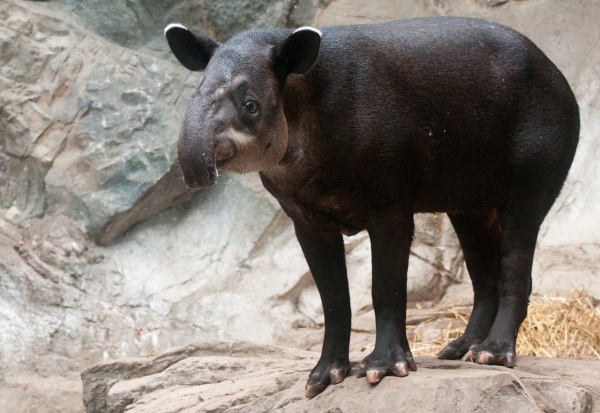Facts About Baird's tapir
Baird's tapir, also known as the Central American tapir, is a remarkable mammal native to Mexico, Central America, and northwestern South America. It holds the title of the largest land mammal in Central America and is named after the American naturalist Spencer Fullerton Baird. Depending on the region, it may be referred to as danta, anteburro, macho de monte, or mountain cow.
One striking feature of Baird's tapir is the cream-colored marking on its face. Among the four American tapir species, it is the largest. Tapirs have an extended gestation period of about 400 days, typically resulting in the birth of a single calf. These calves are born with reddish-brown fur, which changes as they mature. Tapirs can live for over 30 years and reach sexual maturity between six and 12 months.
Mostly nocturnal, Baird's tapir spends its nights foraging for leaves and fruits. It generally prefers a solitary existence but can sometimes be observed in feeding groups. An interesting aspect of their behavior is their symbiotic relationship with cleaner birds, which assist by picking ticks off their fur.
Despite their generally peaceful nature, tapirs can be dangerous to humans if threatened. The International Union for Conservation of Nature (IUCN) classifies the species as "Vulnerable" primarily due to poaching and habitat loss. Hunting these animals is illegal in several countries, though enforcement of these laws can be inadequate.
Conservation efforts are currently underway, focusing on environmental education and sustainable forestry practices to protect not only the tapir but also other rainforest species. While attacks on humans are rare and usually happen in self-defense, the tapir does have natural predators. Large adult American crocodiles and jaguars can pose a threat, but such encounters are infrequent due to the tapir's size and defensive abilities.

 Guatemala
Guatemala